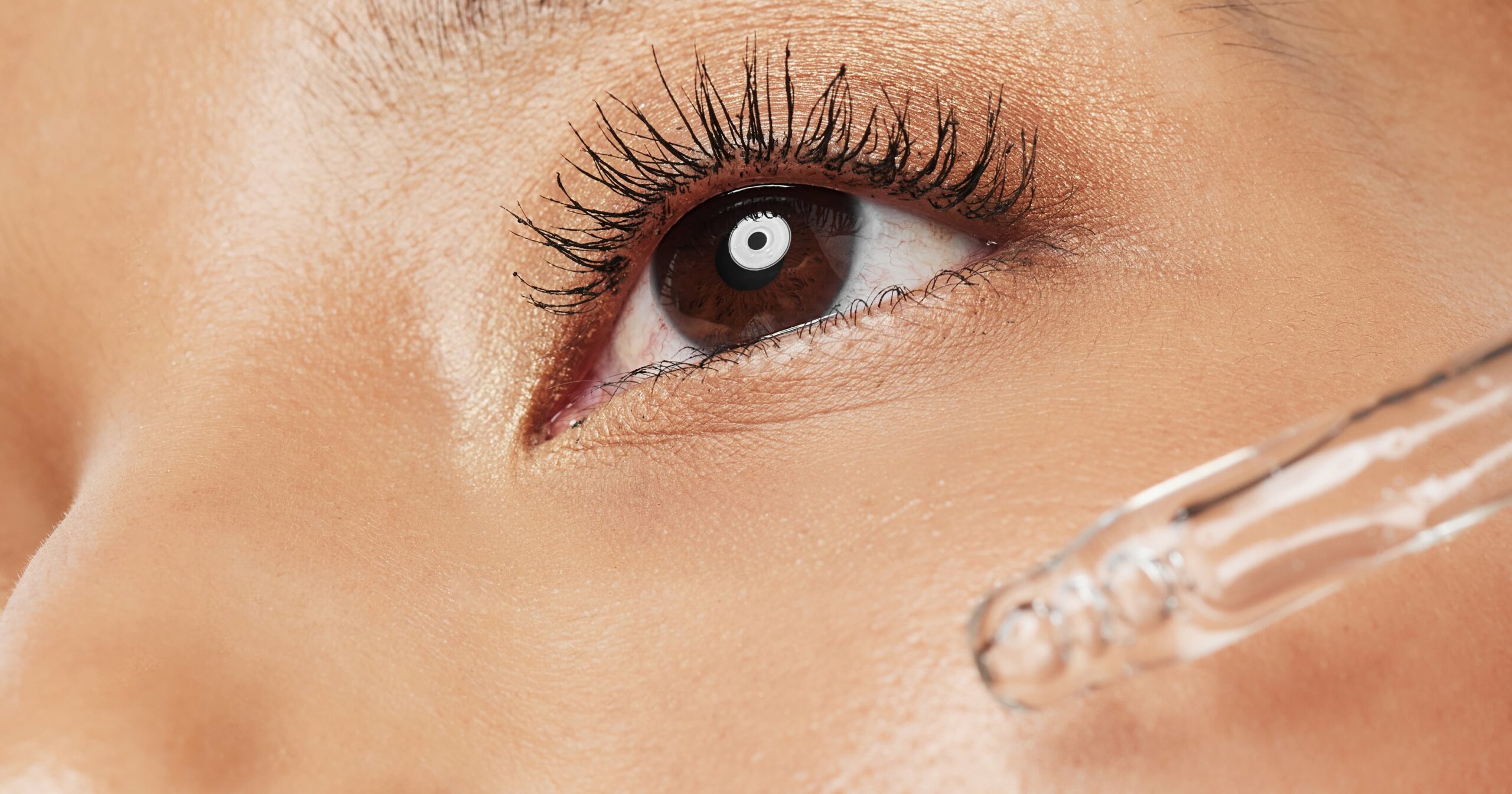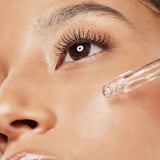Kojic acid is a skin-care ingredient that’s been brightening your skin while fading hyperpigmentation without you even knowing it. Derived from fermented mushrooms, kojic acid isn’t as well-known as its popular counterparts, like glycolic acid and salicylic acid. While these acids deserve recognition for all they do for the skin, kojic acid is due for a turn in the spotlight.
The word “acid” can be a bit daunting, especially if you’re testing out new skin-care products, but fear not, kojic acid may just be the answer you’ve been looking for if you experience acne scars and dark spots. You read that right: this skin-brightening dream tackles those pesky marks that often seem impossible to diminish.
Skin-care enthusiasts boast this hero ingredient’s benefits, but if you’re still unfamiliar, allow us to change that. Ahead, get the scoop on what kojic acid does for the skin, how to use it, and if there are any potential side effects to look out for.
What Is Kojic Acid?
While other acids will exfoliate the skin by turning over layers of dead skin cells, kojic acid halts the production of melanin and works to lighten hyperpigmentation, board-certified dermatologist Nazanin Saedi, MD, tells POPSUGAR. The powerful antioxidant is produced from various types of fungi and “stops the abnormal production of pigmentation and has antimicrobial effects, which is why it’s effective for post-inflammatory hyperpigmentation.”
Because of its antioxidant properties, Dr. Saedi says it helps reverse the effects of oxidative stress – an imbalance between free radicals and antioxidants in your body that can speed up the skin aging process, leading to the loss of collagen and elasticity, and resulting in texture changes, discoloration, and sagging skin, according to the National Library of Medicine.
Dr. Saedi explains that kojic acid can also assist in reversing the effects of UV damage. This often leads to premature aging of the skin, damage to your skin’s barrier, and potentially skin cancer, per Cleveland Clinic.
Kojic Acid’s Benefits For Skin
There are a handful of benefits for your skin when using kojic acid. It’s known to fade dark spots and brighten skin, but there are a few other benefits worth mentioning.
Stops the production of melanin: Kojic acid works to limit melanin production by preventing skin from forming tyrosinase (an enzyme that creates melanin), resulting in slowing melanin production. Dr. Saedi says this is why it makes it “a good ingredient for treating hyperpigmentation.” Case in point: it can lighten sunspots, acne scarring, and even melasma.
Treats hyperpigmentation without hydroquinone: Hydroquinone is found in skin-lightening products but is absorbed by your body, leading to potential rashes, swelling, and permanent skin discoloration. Dr. Saedi explains that kojic acid is free of hydroquinone, making it a better alternative to products made with the controversial ingredient. It will lighten hyperpigmentation without toxic side effects.
Acts as an antioxidant: As Dr. Saedi mentioned, since kojic acid is an antioxidant, it puts a stop to the overproduction of pigmentation. This means it fights against free radicals and repairs the damage it’s done to the skin while assisting in lightening hyperpigmentation.
Works as an anti-aging ingredient: Due to its ability to fight against free radicals, kojic acid is extremely helpful when it comes to anti-aging. It diminishes fine lines and wrinkles and boosts elasticity in the skin.
How to Use Kojic Acid For Skin
For most people, using kojic acid daily shouldn’t cause any issues; it’s pretty easy to incorporate into your skin-care routine to target dark spots. “I often recommend using products that contain kojic acid, especially for patients with pigmentation,” Dr. Saedi explains. There are plenty of products that incorporate it: cleansers, serums, masks, creams, and even soaps.
However, if you have super sensitive skin, it’s recommended to only use kojic acid-based products a few times a week. This allows your skin to adjust to it over time.
Side Effects of Kojic Acid
While there aren’t very many potential side effects of kojic acid, if you have sensitive skin, Dr. Saedi recommends doing a patch test before using it on larger parts of your body.
This lowers your risk of experiencing contact dermatitis, which can present itself as redness, irritation, rashes, and itchy and uncomfortable skin.
Ingredients That Shouldn’t Be Mixed With Kojic Acid
A great thing about kojic acid is that it enhances the effects of other ingredients such as glycolic acid, an alpha hydroxy acid (AHA) that removes the top layer of dead skin cells, further reversing sun damage, and hydroquinone, which lightens dark patches of skin caused by pregnancy, birth control pills, or even injury to the skin, according to the National Library of Medicine.
With that being said, pairing it with ingredients like these two can cause irritation and dryness at first. For that reason, Dr. Saedi doesn’t recommend using any exfoliants or drying agents when you are beginning to use kojic acid. “That will make your skin very irritated,” she says. It’s always best to start slow.




